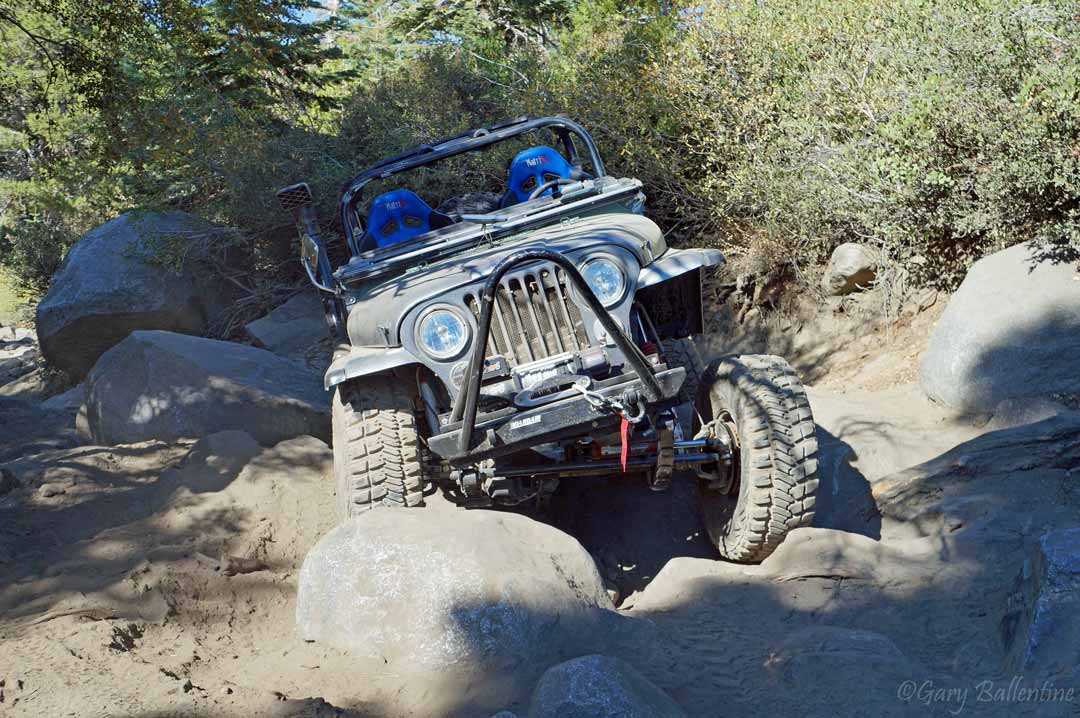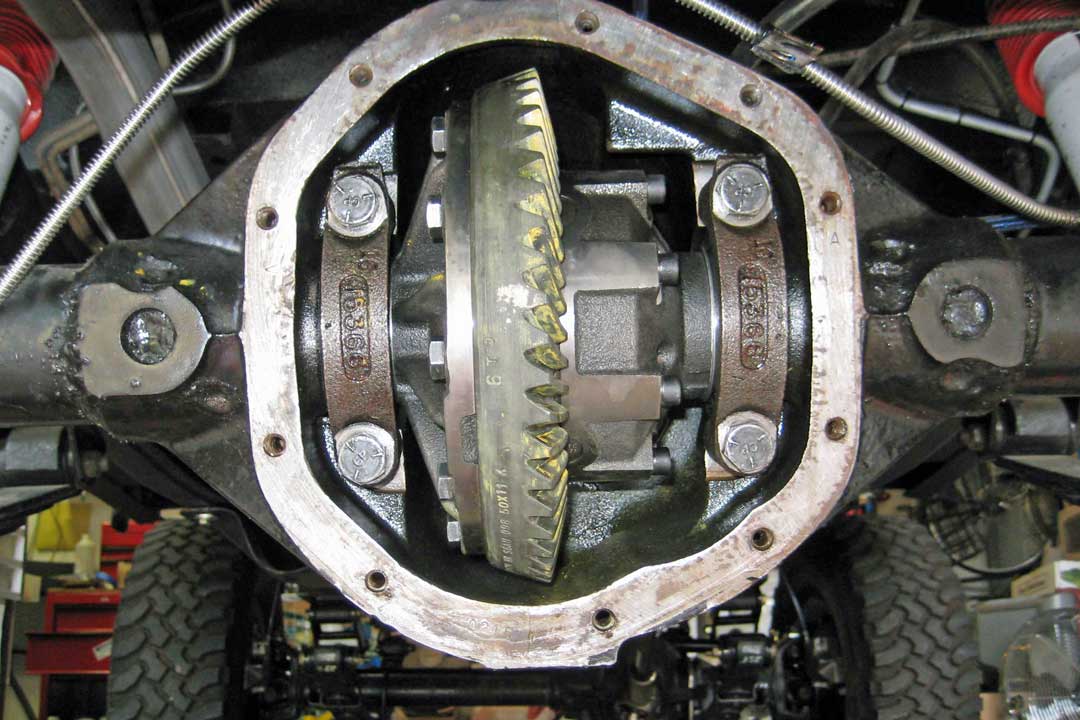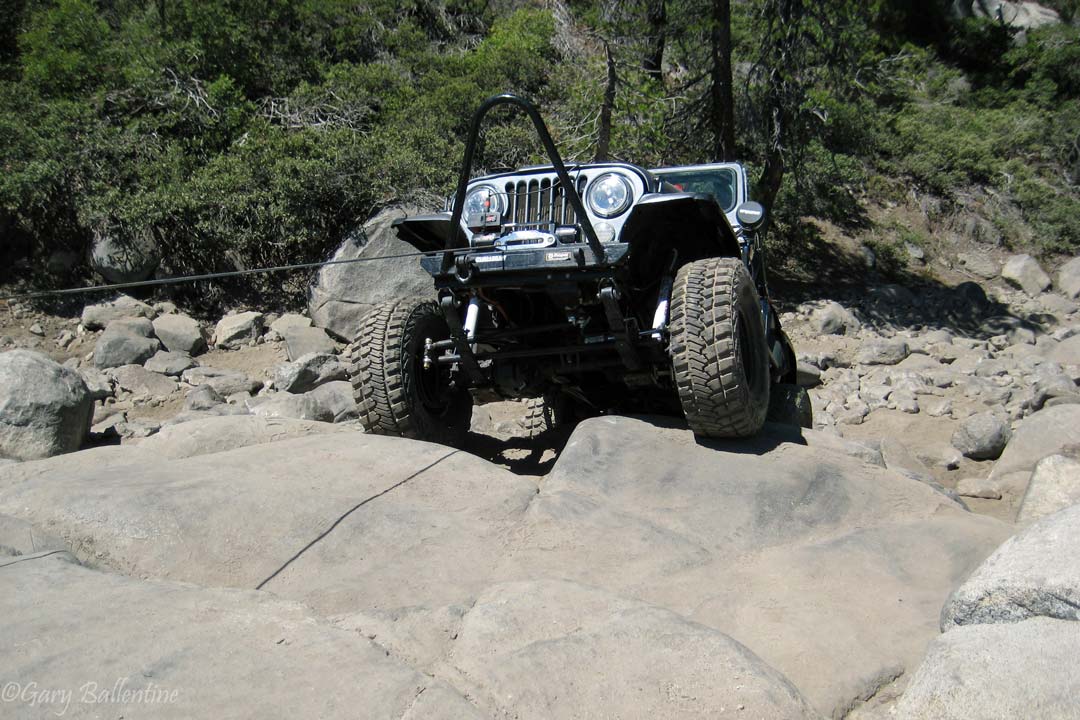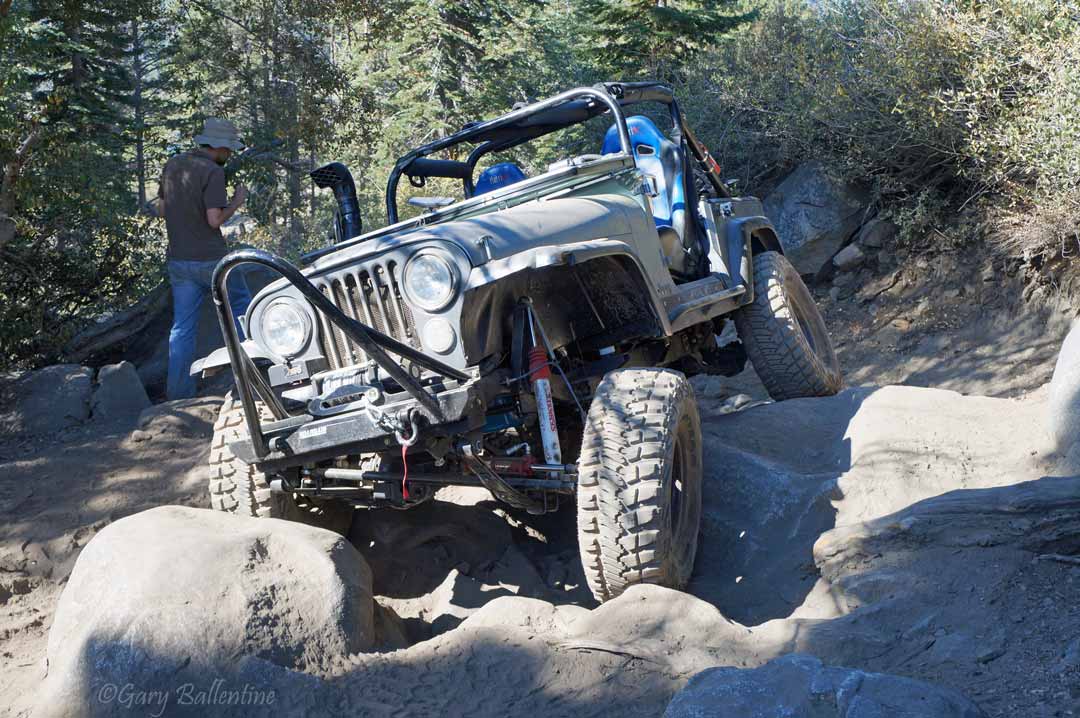The Best Modifcations for your 4WD

Locking Differntials
One of the best mods you can make to any 4WD is install a locking differential. The other best mod you can do is install two locking differentials. The way an open differential works is by giving power to the wheel that is easiest to turn, also known as the wheel with no traction. Why would manufacturers even bother making open differentials then? So you can steer. Without an open differential, your 4WD will want to go in a straight line when you turn the wheel.
Picture yourself driving in a circle: the inside wheels travel along a smaller circle than the outside wheels, right? This is what an open differential allows for. Lockers force each wheel to turn at the same speed regardless of steering.
Selectable lockers like the ARB Air Locker are usually best. They work like an open differential until you push a button, at which point they lock up. This gives you the best of both worlds: a tight turning radius, excellent road manners, and a locker when you need it. Automatic lockers like the Detroit Locker and Grizzly Locker are cheaper options that lock and unlock automatically, but don’t always unlock when you want them to, making them less streetable than an ARB. They’re always on when you need them though, and most of time will unlock when you don’t.

Detroit Automatic Locker installed in a Jeep
Winch
Anytime you go offroad you need a way to get yourself back to civilization. Tow trucks rarely venture off pavement, and when they do, they charge an arm and a leg for it, as in $300/hour from the moment they leave the shop. Your free roadside assistance? It’s roadside assistance. Yeah. You need a winch.
The price on winches varies substantially, and you get what you pay for. Cheap imports work fine for occasional use, but if you’re winching daily, you should really consider stepping up to a Warn. I’ve mainly used Smittybilt winches, which qualify as cheap imports, but they honestly work fine for me as I’m not winching all the time.
Synthetic cables are safer and lighter than steel, but don’t hold up as well under harsh conditions. Hawse fairleads are cheaper and less obtrusive than roller fairleads, but roller fairleads work at steeper angles with steel cables. Synthetic cables don’t need rollers.
The load rating of any winch is for when the line has not been spooled out, and with each layer of line you pull out, the load rating goes down. A general rule of thumb is to get a winch rated for double your vehicle’s weight. Oh, and get a series wound motor. They’re more reliable, have better torque, and aren’t as likely to overheat.

Winching up a ledge on a solo Rubicon trail run
Suspension Lift
Suspension mods can range from mild to extreme, and it’s really an area where you get what you pay for. You don’t need a custom 4-link with Fox coilovers to run the Rubicon trail, but realistically you should at least invest in a quality kit to let you run the tire size you want and give you enough articulation and travel to keep the tires planted most of the time.

Quality suspension doesn’t just fit bigger tires, it keeps them planted
Tires and Gearing
Tires are what give you traction, and it’s no surprise that better tires give you better traction. They also resist punctures and sidewall tears better, keeping you driving longer instead of trying to mount your spare in the middle of the trail. The more aggressive tires are, the more traction they give, but the noisier and shorter-lived they are on pavement.
The size you choose should depend not only on how extreme the trails are that you plan to drive, but also on how strong your drivetrain is. It’s easy to start breaking axles when you increase tire size, and a broken axle on the trail is a complete and total show-stopper if you don’t have the parts and experience necessary to replace it on the spot.
Any time you increase tire size more than an inch or two, you should re-gear your axles. Bigger tires are harder to turn and cover more ground for a given rpm of the axle shaft, effectively giving you higher gearing. This means your 4WD will be slower from a stop as the engine strains more, and it won’t be able to crawl as easily, making technical sections of trail difficult. Oh, and your speedometer won’t be accurate unless you re-gear (minor detail).
Bigger tires than the drivetrain could handle meant this Samurai had to winch home
Armor

